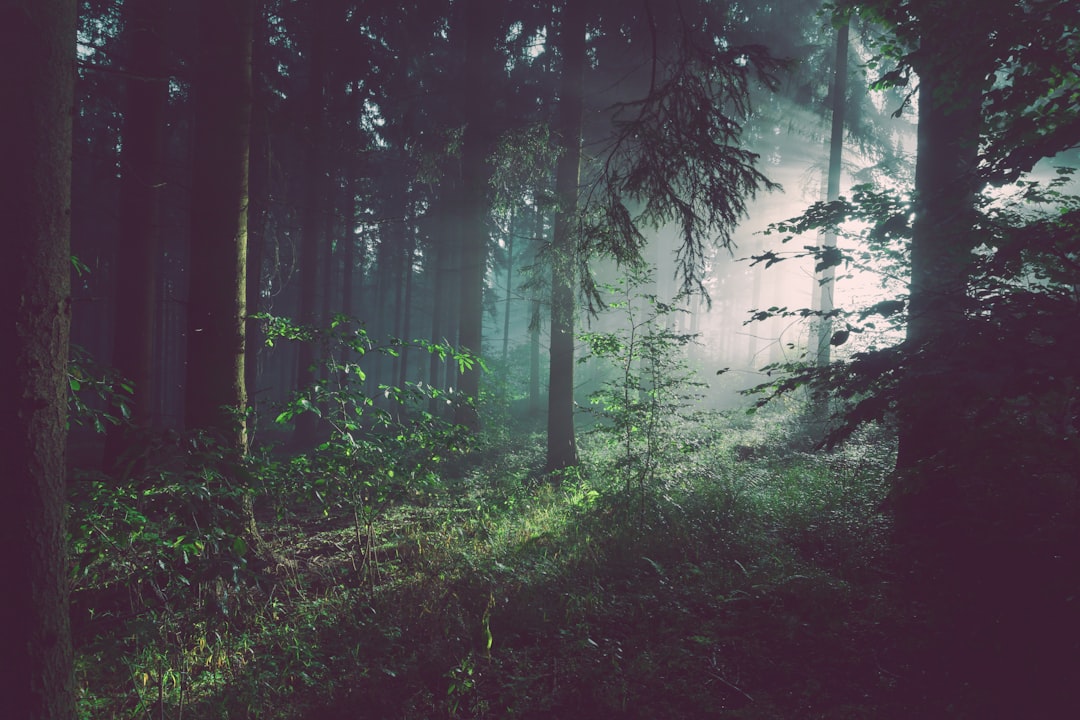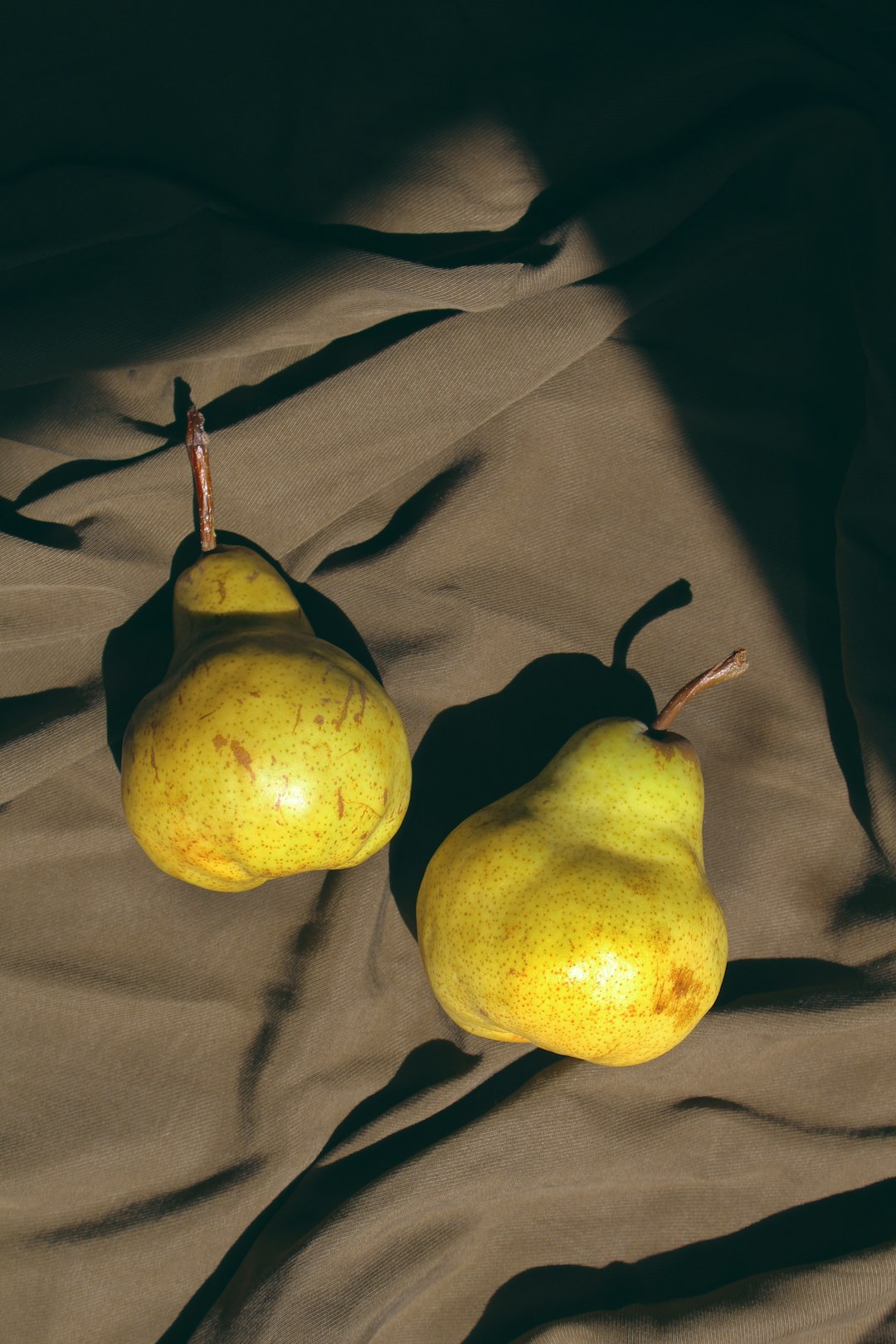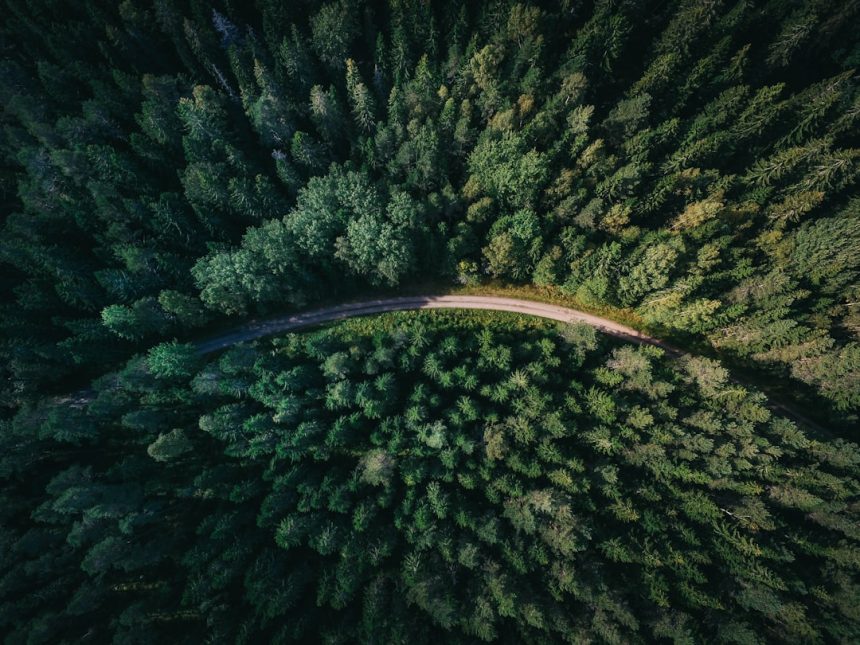Before big factories and highways, the Piedmont was a peaceful, green place. It stretched from New Jersey down to Alabama. This wide area sat between the Appalachian Mountains and the Atlantic Coastal Plain.
Life there was quiet and simple. The people lived close to the land. They farmed, hunted, and built small towns. There were no giant buildings or loud machines. Let’s take a fun trip back in time to see what life was like in the Piedmont before it changed!
The Land and the People
The Piedmont had rolling hills, rivers, and forests. Wild animals roamed freely. The land was perfect for farming. Long before European settlers arrived, Native American tribes lived there. They understood the land and respected it. They fished in the rivers and used every part of the animals they hunted.

When settlers from Europe came in the 1600s and 1700s, they built small farms and towns. They brought crops like wheat, corn, and tobacco.
Farming Was Life
Most people were farmers. Their days started early and ended late. Everyone in the family helped out. Even little kids had chores!
- Planting seeds in spring
- Hoeing weeds in summer
- Harvesting crops in fall
- Repairing tools in winter
Farm animals like cows, pigs, and chickens lived close to the house. Farmers grew just enough to eat and sell a little. Life was hard, but it was also full of pride. Farmers felt strong knowing they could live off the land.
Homes and Towns
Homes were made of wood and had just a few rooms. There was no electricity or running water. People used fires to cook and keep warm. Towns were small and had just a few places:
- A general store
- A blacksmith shop
- A church
- Maybe a school
Neighbors knew each other well. They helped one another. Everyone went to town on Saturdays to trade, chat, and catch up on news.

Culture and Traditions
Life wasn’t just work. Families gathered in the evening to talk, sing, or read by candlelight. Folk music and storytelling were a big part of life. People shared tales about their families, dreams, and the land. These stories passed down history and wisdom.
Holidays and harvest fairs brought everyone together. There were games, dances, and lots of food. Community ties were strong. People needed each other to survive the hard times.
Nature’s Role
Because there were no cars or big machines, people walked or used horses. They paid close attention to the seasons and the weather. Nature was their guide. Rain and sunshine could mean a good harvest or a bad one.
The forest gave them wood for homes and cooking. Streams gave water and fish. People had to truly understand their surroundings. They didn’t take more than they needed.
Changes Were Coming
Even in this peaceful setting, change was starting. Roads improved. Some small mills turned grain into flour. More people moved in. Life was slowly speeding up.
Still, for many years, the Piedmont was a place where people lived in harmony with nature. They relied on their own hands and their neighbors. Their simple way of life helped shape the region’s future.
Why It Matters
Today, it’s easy to forget how different life used to be. But knowing about the Piedmont before factories reminds us of what’s important:
- Working with nature
- Helping each other
- Valuing hard work
This past isn’t just history—it’s a root of who we are. So next time you see a rolling hill or a small farmhouse, remember the people who lived there long ago. They had no gadgets, but they had skills, stories, and a deep love for the land.







